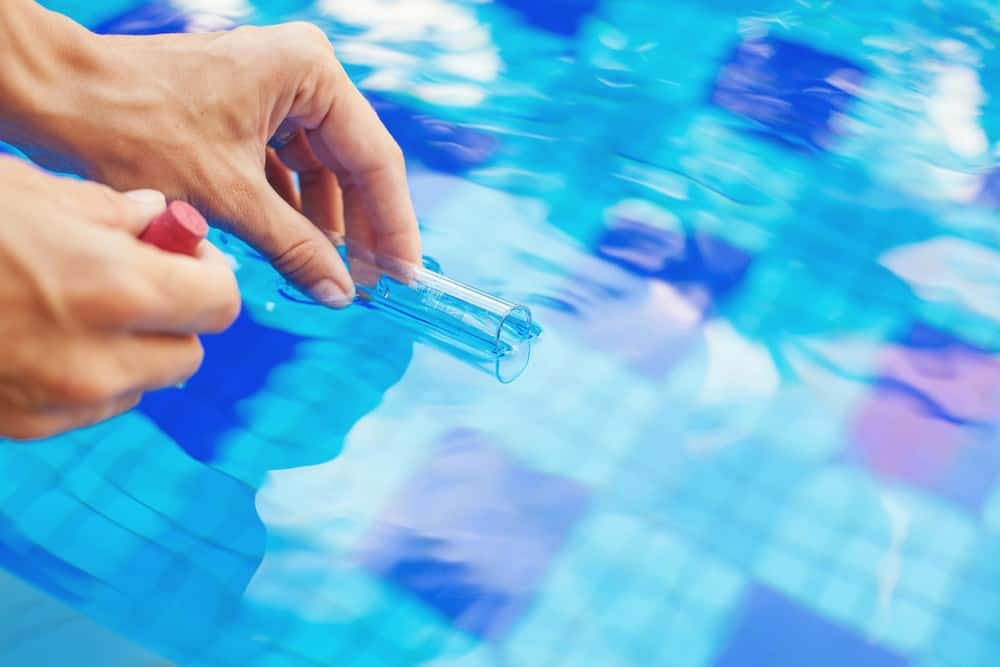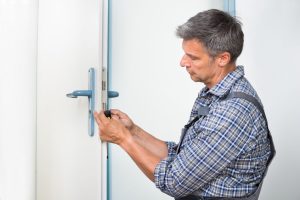How to Test Pool Water after Shock

As summer is approaching, many people start to take care of their pool. However, after a series of heavy rainstorms, the swimming pool turns cloudy and green. Rainwater may alter the pH level of the pool, dilute the chlorine, and also allow algae to grow.
Before the pool is ready to use again, deep pool cleaning should be performed. It is always best to check the weather forecast so you will be able to cover the pool beforehand. But when the pool is already contaminated with rainwater, you can shock the pool.
What is the swimming pool shock and when to use it?
Super chlorinating or shocking a pool refers to a cleaning method to maintain the pool water crystal clear. Shocking allows you to add more amount of chlorine (usually three to five times) and it immediately raises the chlorine water in a short time.
This cleaning method is usually performed when a swimming pool is abandoned for a long time or after a heavy rainstorm. A swimming pool may also require shocking in case it has bather waste, algae, and chloramines contamination.
Swimming pool shocking should not be done very often but it should consider the pool condition and how severe the contaminations. Pools do not always need to be shocked unless to remove algae, bacteria, and other contaminants. However, it is always important to check the water quality before and after shocking to see if the pool water is clean enough for swimming.
How to test pool water after the shock?
In general, there are three ways to check the pool water. Checking the pool water should be done before and after shocking. Here are the pool test methods to use.
- Pool water strips – the pool water strips are the most commonly used method. It is inexpensive and simple to use for homeowners. Even though it is easy to use, the strips provide almost accurate results and instant results of pool water quality. There are two types of pool water strips which are the 5-in-1 pool water test strip and the 6-in-1 pool water strip.
The 5-in-1 pool water strip allows homeowners to test the chlorine, pH balance, alkalinity, and more. Meanwhile, the 6-in-1 pool water strips include the previous lists but add cyanuric acid. The water-pool strips are usually available in bottle consists of 50 strips to use at least three times a week.
- Pool water tests – The pool water tests use liquid reagents to test the water level. This means homeowners should take some pool water and add liquid reagents to see the water quality. Many people believe that this method provides the most accurate result but it also requires a profound understanding of pool water chemicals. This means an extra drop of reagents can change the test result.
- Professional tester – Professional tester is required if you want a thorough test of the pool water. They have a complete test method and provide an accurate result. Compared to the previous test methods, the professional tester can be a bit more expensive but the result is better. Plus, they also provide further handling for the pool water.







